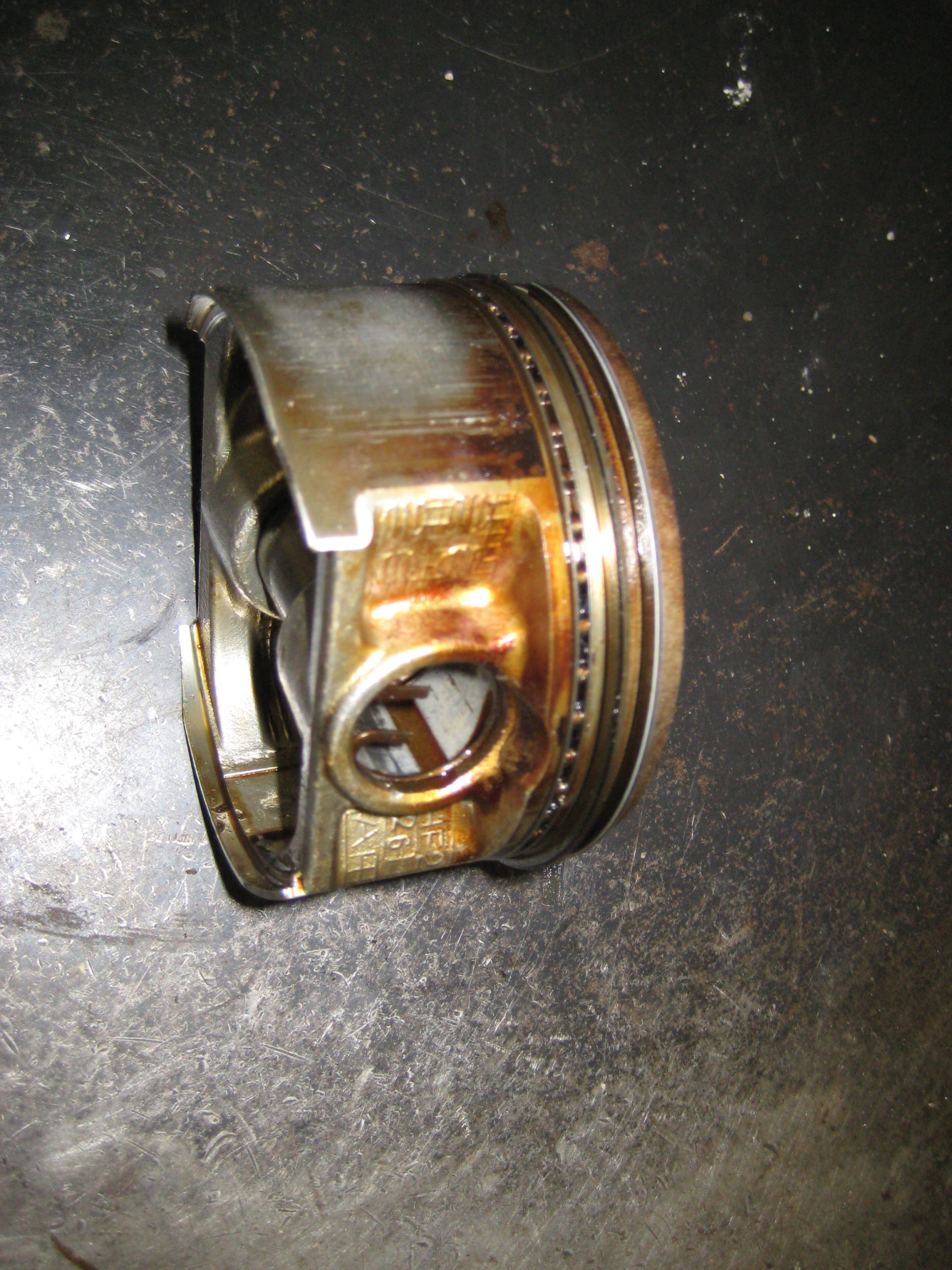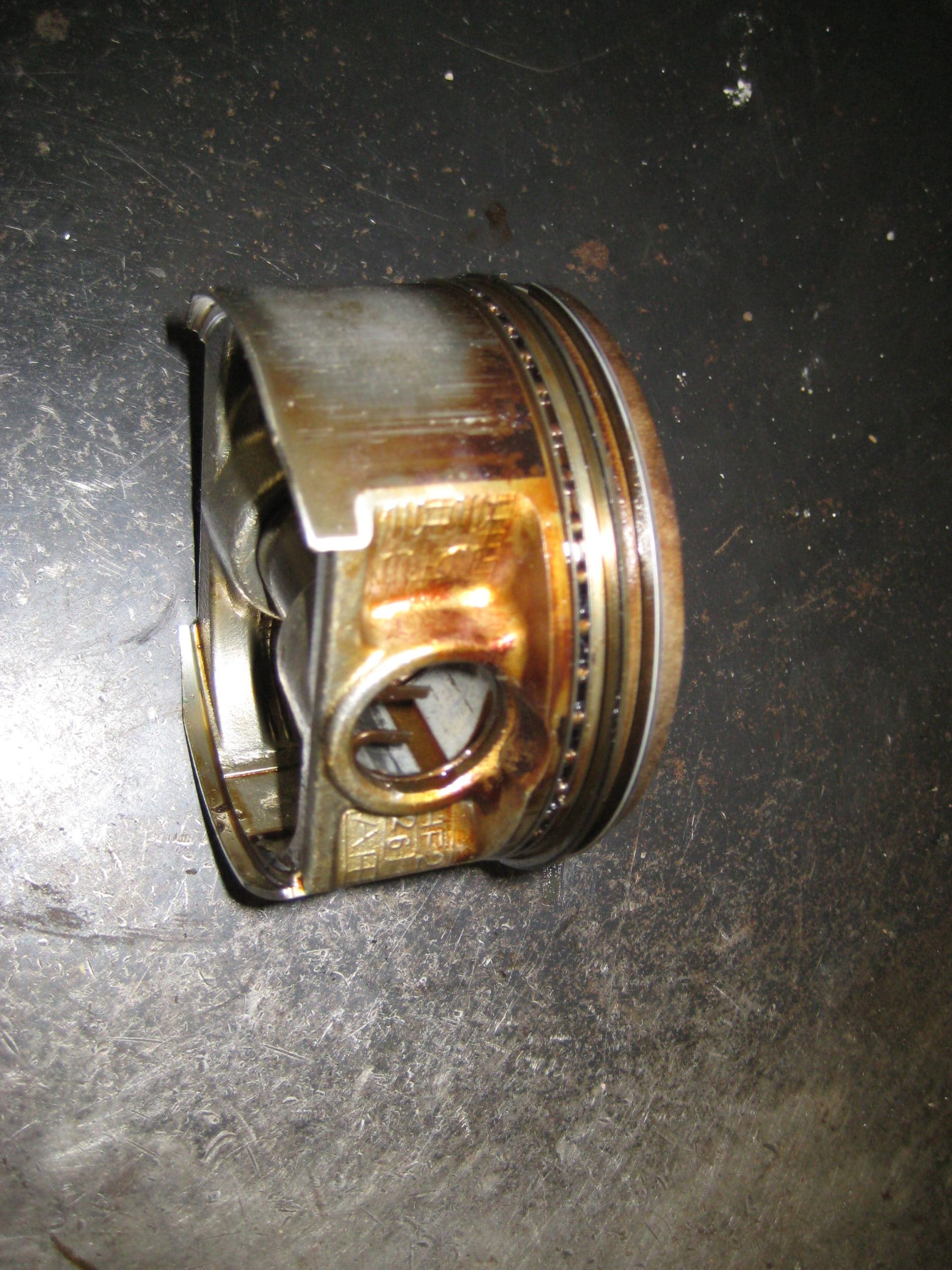
Why Does My Subaru Use Oil?
For this article I am focusing on oil consumption and not external leaks from the engine, meaning if you check your oil, find it low, it’s not due for an oil change and there are no major visible leaks found with your engine, than this article applies.
If you’re a good car owner you DO periodically check your oil, I suggest every other tank of fuel, but it’s actually suggested by Subaru to do so every tank of fuel.
Why is this important? Over time the internal components of your engine such as the piston oil control rings, valve stem seals, valve guides and cylinder walls can all wear to the point where more oil is actually introduced into the combustion chamber than originally designed. This is a completely normal thing to happen in an internal combustion engine, and as long as the engine isn’t repeatedly ran low or worse out of oil, it won’t really affect the performance of the vehicle. As the engine ages it will reach a point where the piston oil control rings can no longer expand enough to slow the consumption of oil, the engine wears a little, every day you use it. Just like the more you walk in your shoes the quicker the bottoms wear out until one day your foot is wet, one day you will check your oil and it will be low where it hadn’t been before, this is the critical point in used vehicle ownership where staying on top of your maintenance aspects will avoid costly repairs, and not will mean a new engine. Some engines won’t use a drop of oil until the 2500 mile mark and then use a quart in a few hundred miles; this is mostly because of the dilution affect of the oil in the crankcase which I will address in a bit.
The key here is to know your car, and know the point at which it may use a little oil and stay on top of it! If you don’t check your oil how will you know if it’s low? Until the current era Outback limited models there has never been an oil level sensor on a Subaru. Prior to that Subaru used a low oil pressure light, but typically no oil pressure means the damage has in fact been done.
When I worked at the dealer we dealt with new Subaru vehicles that used some oil from day one, and unless it was more than a quart every 1000 miles there were never any warranty repairs authorized. As the internal combustion engine doesn’t achieve 100% combustion as its not 100% sealed it can never not use some oil as part of the combustion process.
Factors that can increase oil consumption are engines that don’t always reach operating temperature, vehicles that have “slow” front air fuel sensors or anything else affecting fuel trim allowing the car to have an excessively rich fuel mixture or problems with the 2 different crankcase ventilation systems. The flash point of your motor oil is one major factor in consumption the more diluted the oil is with unburned fuel the lower the flash point becomes, the easier it is for oil in the combustion chamber to be burned and head out the exhaust with the rest of the byproducts of combustion. What is supposed to happen is the un burnt fuel is designed to re enter the intake manifold and be part of the combustion process, but in order for that to happen the proper temperature must occur for oil vapor to separate from oil liquid. During the winter, stop and go driving and during short trips to the store this just doesn’t happen.
The key here is to be proactive and the more modern cars become the more detached we become of the simple everyday basic aspects of a car, the need to check the oil, the tires, the fluids and the bulbs will never really go away and while systems may be added to cars they are done with a price. An example of this is the low tire pressure monitoring system that adds about $500.00 to each new car now but was closer to $1000.00 just a few years ago.
You can have an engine that uses a quart of oil every 1000 miles and run like that for 300,000 miles as long as you don’t let it run too low repeatedly, or worse out of oil just once. Understanding your car is the only way to avoid costly repairs and life without your Subaru.
Pictured below is a piston from a 2.5l Subaru engine, the lower set of rings are the oil control rings and they are collapsed causing excessive oil consumption.

Subaru Piston and rings

Subaru Piston and rings
Thanks for reading, and check your oil!
Justin
Update 12/31/2013:
As usual, my original intent with this article has been lost. This article is really about owning a vehicle that has some miles on it and never allowing a low oil situation ever to be anything other than a 2 minute inconvenience every so often and to never allow an engine to fail due to low oil levels. When I posted this 2 years ago what was not known was how many FB series engines would have a consumption issue from day one. We have helped guide customers local to us and even those who are not.
Here are some observations from the last couple of years based on comments from readers (even the mean ones), experiences we have had at the shop, friends and family members that own late model Subaru’s and conversations had with other industry peers.
Some FB series engines paired to a CVT transmission take longer to break in. The longer the break in period the better the chance its not going to be broken in properly and may not ever reach the proper seal we would like for the best fuel economy and low oil consumption. Oil consumption and fuel economy may improve once its broken in properly.
Subaru has made available different components, issued TSB’s and taken care of some cars under warranty that were deemed to have excessive consumption issues. If you have been denied warranty coverage and you feel like you are being treated unfairly you need to take that up with SOA. Keep in mind to any car maker the standard to which oil consumption is deemed excessive is when consumption is greater than 1 quart every 1000 to 1200 miles. You can read more here.
Something has drastically changed over the last decade with drivers that Subaru is going to have to consider and that’s how much the average driver does not want to check or add oil. Subaru used to be owned by a much different market, owned by mostly enthusiasts that has changed and Subaru will need to evolve as well. They did add the low oil level light in 2010 knowing that stretching oil change intervals out would lead to low oil levels in between oil changes.
The light itself has had some issues as well, typically with the low oil level sensor, this is a separate issue and is usually intermittent.
Info about newer model oil use.